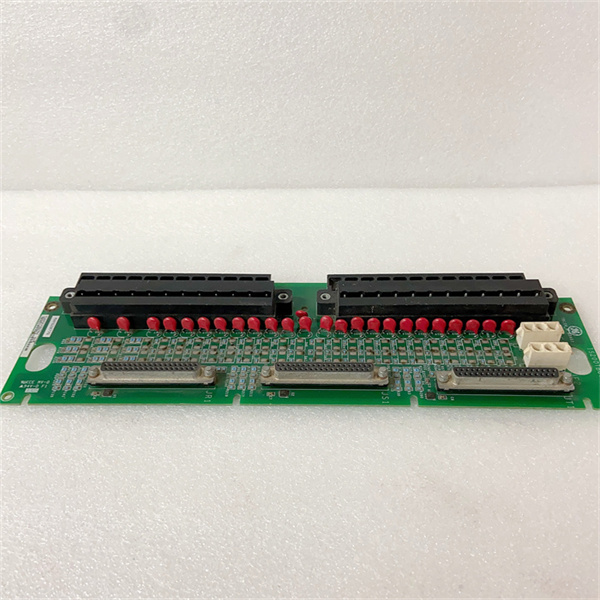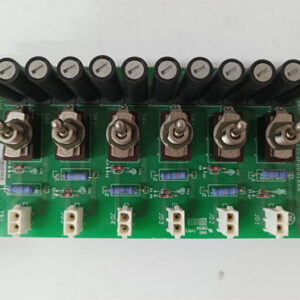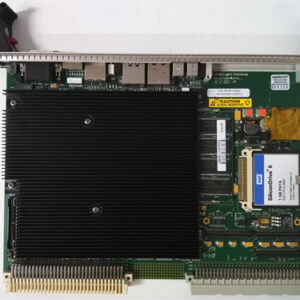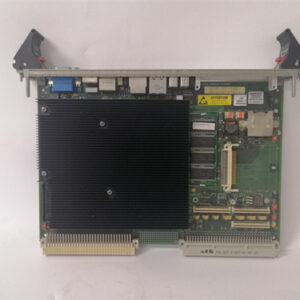الوصف
The GE DS4815MMBC is a Memory Module for the Mark V Speedtronic turbine control system. Its primary function is to provide the main processors with the memory needed to store control programs, configuration data, and operational logs, serving as a critical component for the system’s core functions.
Technical Breakdown 🧠
This module is a core component for the Mark V’s computational and data-handling capabilities.
- Memory Function: The
DS4815MMBCcontains the memory chips used by the system’s main processors (such as theDS3860HMPKor similar cards). This memory is used for several key functions, including:- Program Storage: Storing the system’s firmware and the application-specific control logic that governs turbine operation.
- Working Memory: Providing the volatile and non-volatile memory required for the processor to perform real-time calculations and data manipulation.
- Data Logging: Acting as a repository for diagnostic data, event logs, and historical trends.
- System Integration: The card is designed to plug directly into the Mark V backplane, ensuring a high-speed data link to the main CPU. Its reliability is paramount to the stable and consistent operation of the entire turbine control system.
Applications 🏭
The DS4815MMBC is a fundamental component in Mark V control panels for:
- Core System Operation: Providing the memory space needed to execute all control programs and logic.
- Data Acquisition and Logging: Storing critical data for post-event analysis and long-term performance trending.
- System Configuration: Holding configuration parameters and setpoints required for the system to operate correctly.




 +86 15340683922
+86 15340683922 +86 15340683922
+86 15340683922


